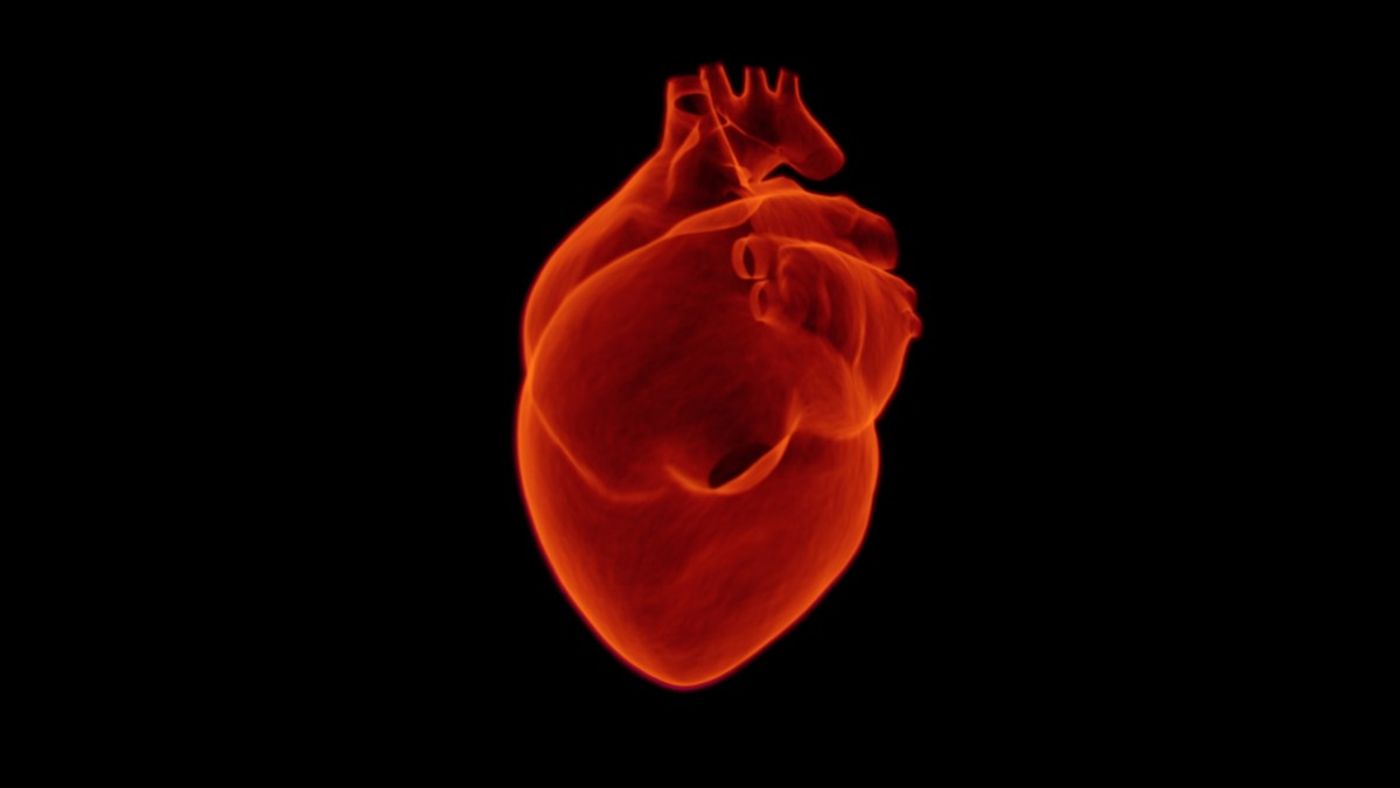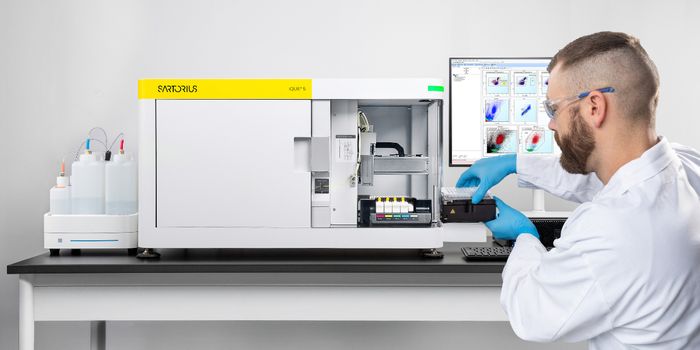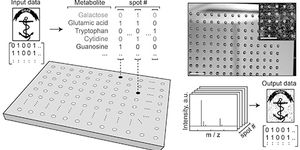Directing Stem Cells to the Heart
Stem cells have the potential to become any cell type, so they hold tremendous promise in medicine. Damaged tissue, such as heart cells that have died during a heart attack, could be repaired with stem cells if they are applied in the right way. However, putting them into practice has proven to be challenging. Now scientists have found a way to encourage stem cells to migrate to the heart, possibly overcoming one of those challenges. The work has been reported in Chemical Science and may help bring stem cells into the clinic as a therapeutic.
“With regenerative cell therapies, where you are trying to treat someone after a heart attack, the cells rarely go to where you want them to go,” explained the lead study author Dr. Adam Perriman, Associate Professor in Biomaterials at the University of Bristol and founder of the cell therapy technology company CytoSeek. There is massive movement through the heart as it pumps blood to the entire body, and injected stem cells that end up in circulation come into contact with many tissues where they can get stuck. Most end up in the spleen or lungs.
The researchers knew that certain bacterial cells can aim for the heart using a protein called adhesin. “We know that some bacterial cells contain properties that enable them to detect and home to diseased tissue. For example, the oral bacteria found in our mouths can occasionally cause strep throat,” noted Perriman. “If it enters the bloodstream it can home to damaged tissue in the heart, causing infective endocarditis. Our aim was to replicate the homing ability of bacteria cells and apply it to stem cells.”
In this study, the scientists created a synthetic version of adhesin that could attach to cell membranes and covered stem cells with it. This modified adhesin was tested in a rodent model, and the researchers found that it successfully directed stem cells to the mouse heart.
“Our findings demonstrate that the cardiac homing properties of infectious bacteria can be transferred to human stem cells. Significantly, we show in a mouse model that the designer adhesin protein spontaneously inserts into the plasma membrane of the stem cells with no cytotoxicity, and then directs the modified cells to the heart after transplant. To our knowledge, this is the first time that the targeting properties of infectious bacteria have been transferred to mammalian cells,” said Perriman.
“Our aim is to use this technology to re-engineer the membrane of cells so that when they're injected, they'll home to specific tissues of our choice,” he added.
Future work will have to confirm these findings and show that the strategy is safe to use in people.
Learn more about how other scientists are trying to use stem cells to repair damaged cardiac tissue from the video.
Sources: AAAS/Eurekalert! via University of Bristol, Chemical Science










